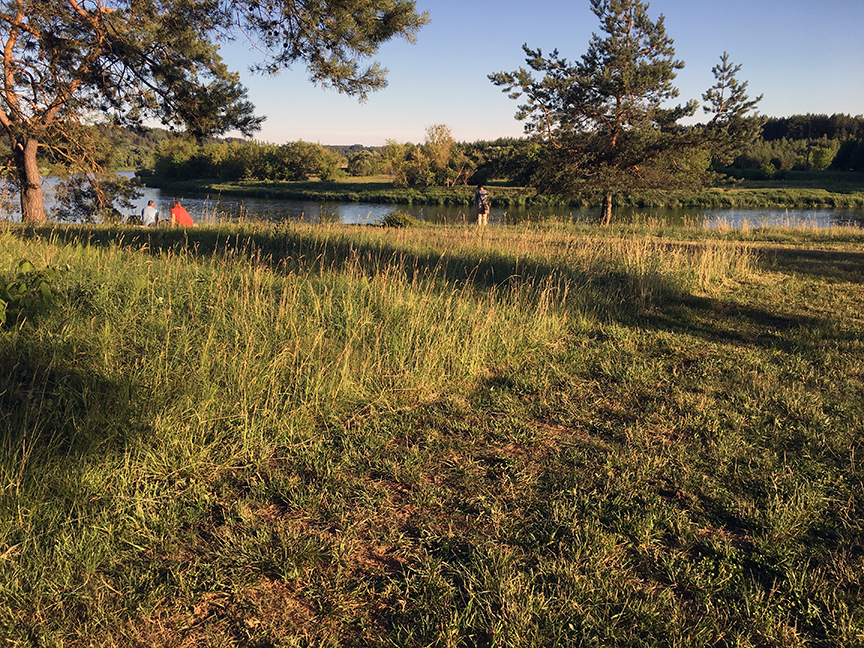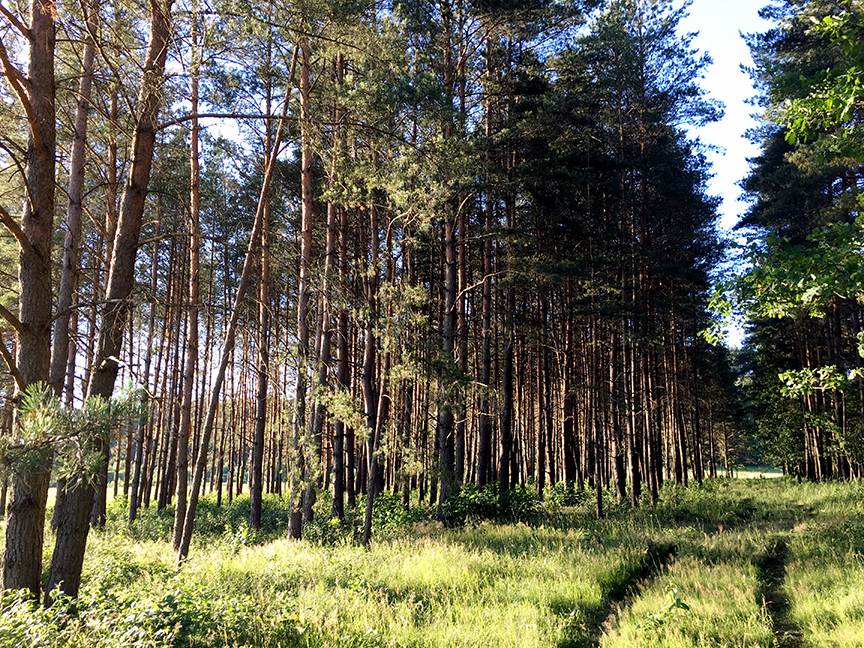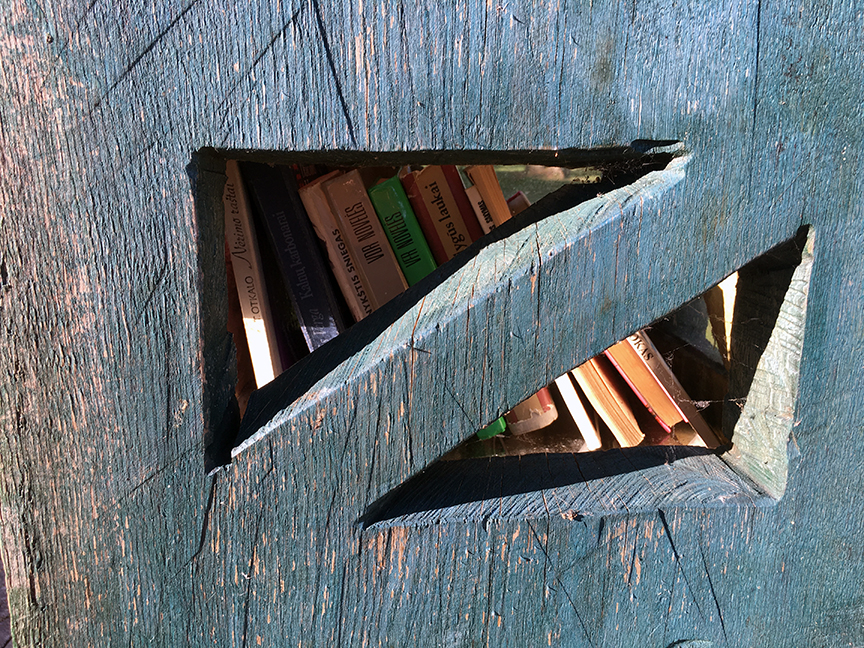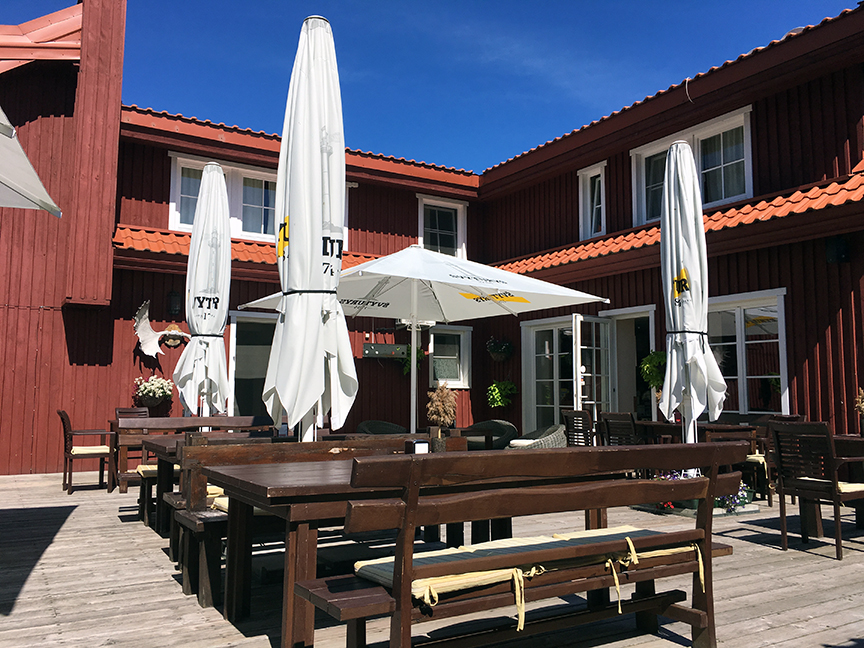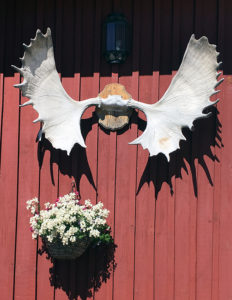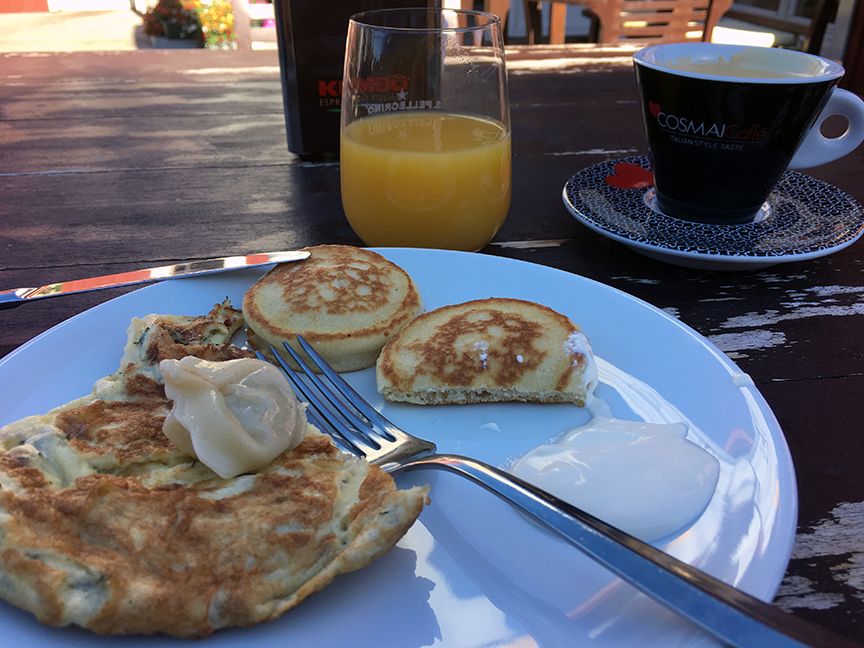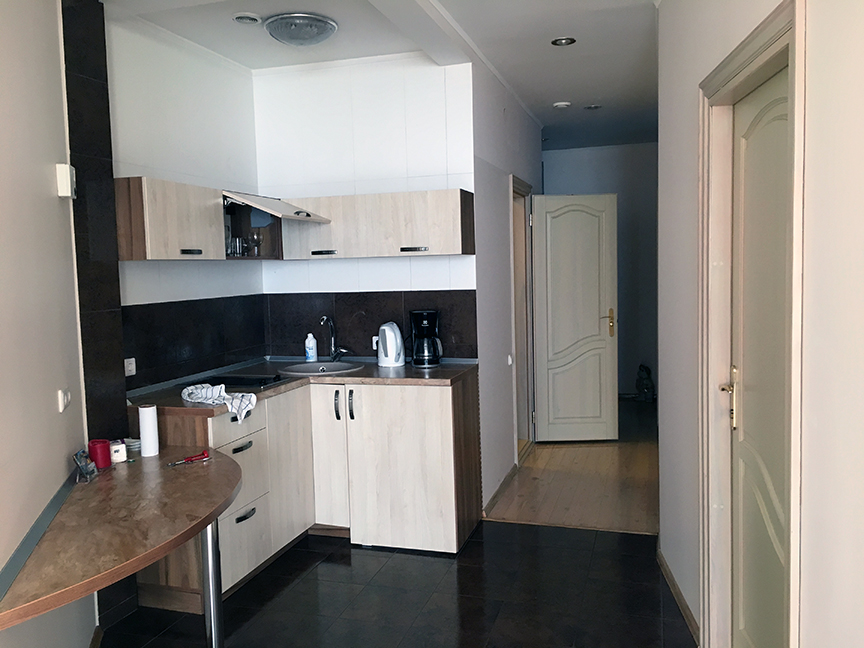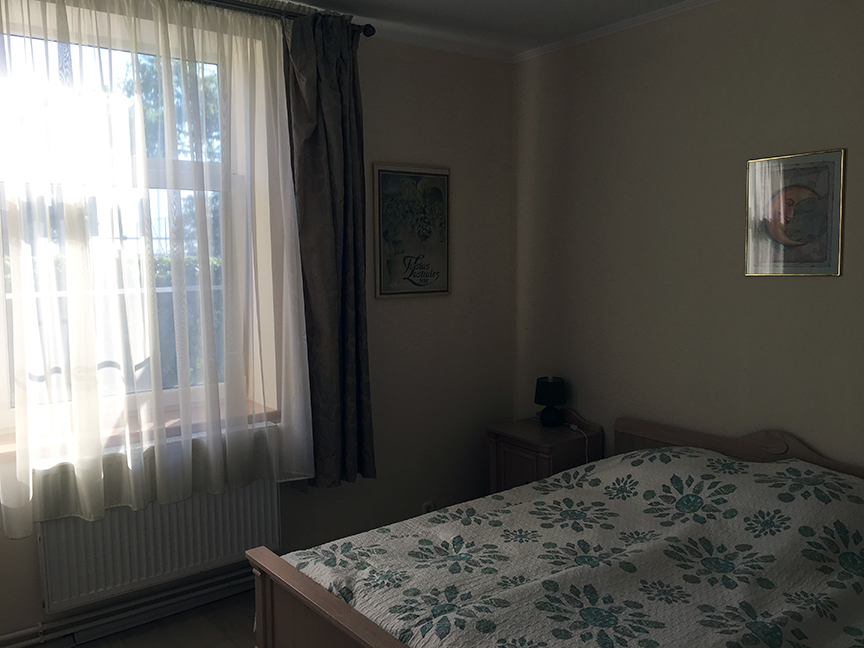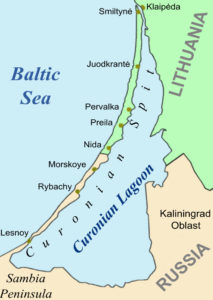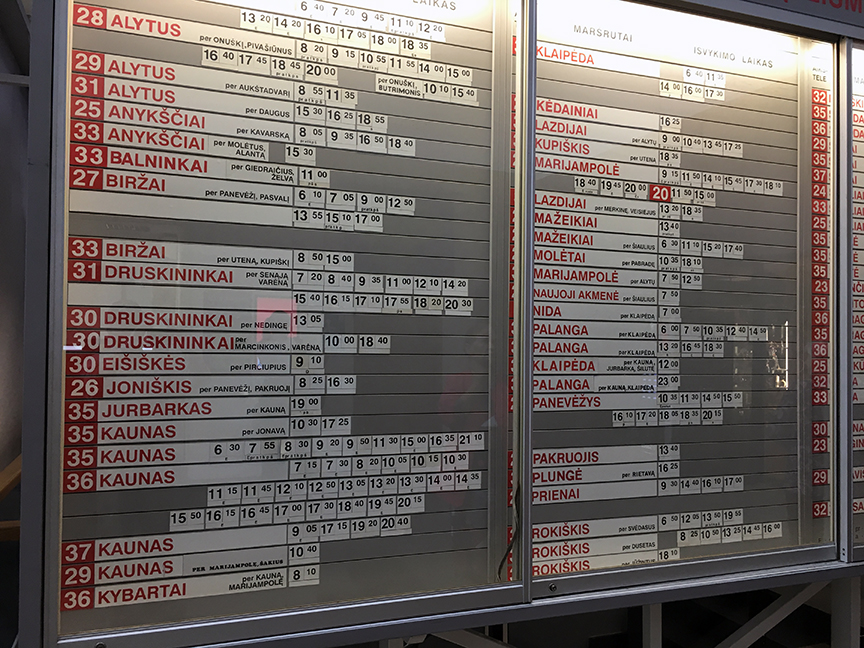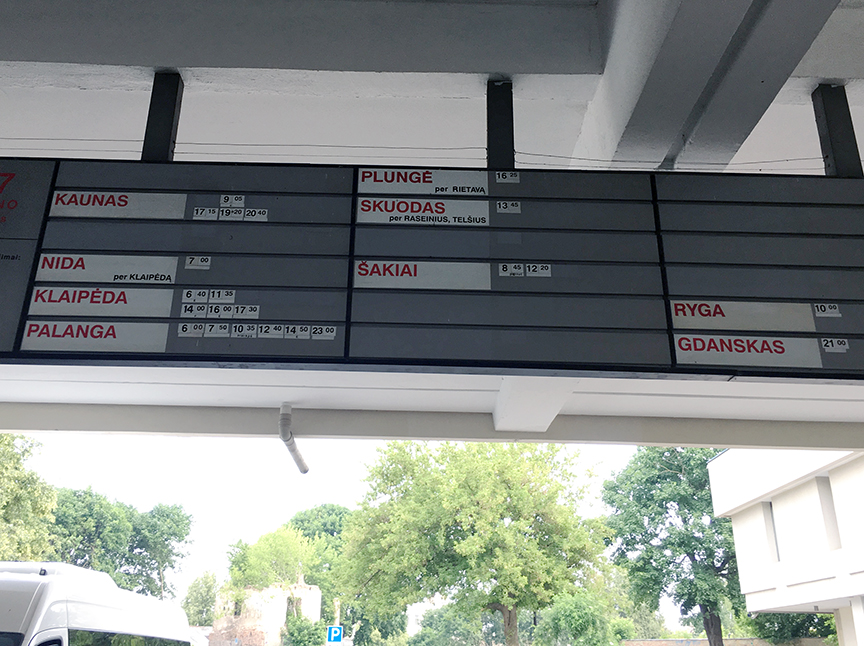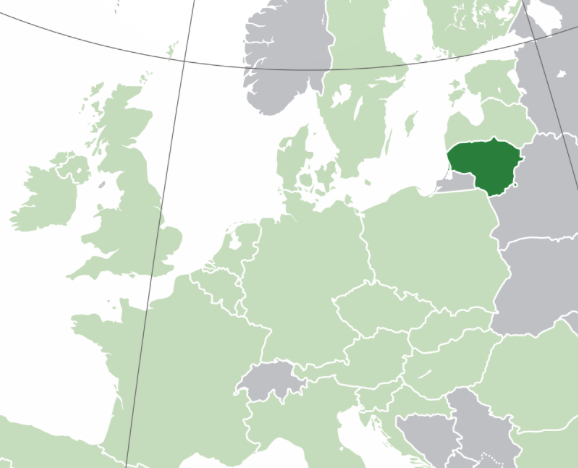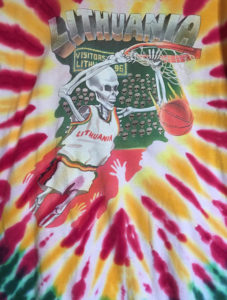
Up until shortly before our trip to Europe, we had no knowledge of where specifically in Lithuania my maternal grandparents had lived before they left more than a century ago to come to the United States. Then I found the Lithuanian Global Genealogical Society group page on Facebook.
I submitted to the group a picture of my grandparents’ marriage license, which listed the names of each of their parents. Within a couple of days, one of the group members sent me a response noting that my grandmother’s parents’ names were listed among those buried in the cemetery in Zervynos.
Wow. I was totally unfamiliar with Zervynos, but we now had a place that deserved a visit. We drove there on 24 June.
Zervynos is an “ethnographic village” located within the Dzūjika National Park, about 60 miles southwest of Vilnius and close to the border with Belarus. It was first mentioned in writing in 1742, but campsites dating from the Stone and Iron ages have been found there. As you’ll see in the video, the proximate road to Zervynos was quite narrow and ran through dense forest. The village’s isolation helped preserve its character.
In the village, the roads are unpaved and there is no running water. Electricity is a recent addition. There are 48 homesteads in the village, most of which are official ethnographic monuments. Fewer than 100 people reside there. Many visitors during the summer are kayakers on the River Ūla, which runs through the village, who stop for a look.
As soon as we entered the village, we saw the village cemetery. It’s not expansive and it took only a few minutes to find two graves with a marker behind them carrying names matching those on my grandmother’s marriage license. Buried there were Vincentas and Cicilija (Jankevičiūtė) Tamulevicius. We had found an earlier generation of our family.
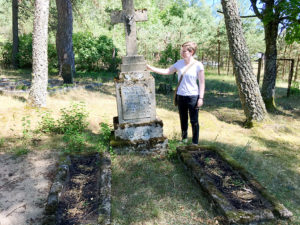
Here’s video (2:59)
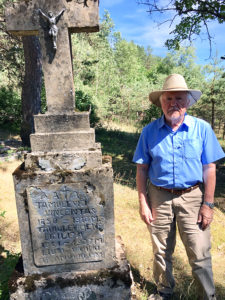 Are these graves proof these are my great-grandparents? Not absolutely, but they are really good evidence. Each of their birth years put them at appropriate ages to be parents of my grandmother and it seems it would be unlikely for another couple with these names and dates to exist. I’m very willing to believe the graves we saw are those of my great-grandparents and that my grandmother grew up in this village or nearby.
Are these graves proof these are my great-grandparents? Not absolutely, but they are really good evidence. Each of their birth years put them at appropriate ages to be parents of my grandmother and it seems it would be unlikely for another couple with these names and dates to exist. I’m very willing to believe the graves we saw are those of my great-grandparents and that my grandmother grew up in this village or nearby.
(Other people in the Lithuanian Global Genealogical Society mentioned that people with the same surname as my grandfather — Kašėta — lived in nearby communities. One is mayor of the local municipality district. I plan to follow up on this information. Probable more credence that Vincentas and Cecilia were my great-grandparents and it could be the basis for another trip.)
I found it especially moving to be in Zervynos with my daughter. That generational thing again. I also found it very poignant to look at the River Ūla and imagine my grandmother as a young girl playing along its banks.
This was such an unanticipated and welcome facet of our visit to Lithuania.








